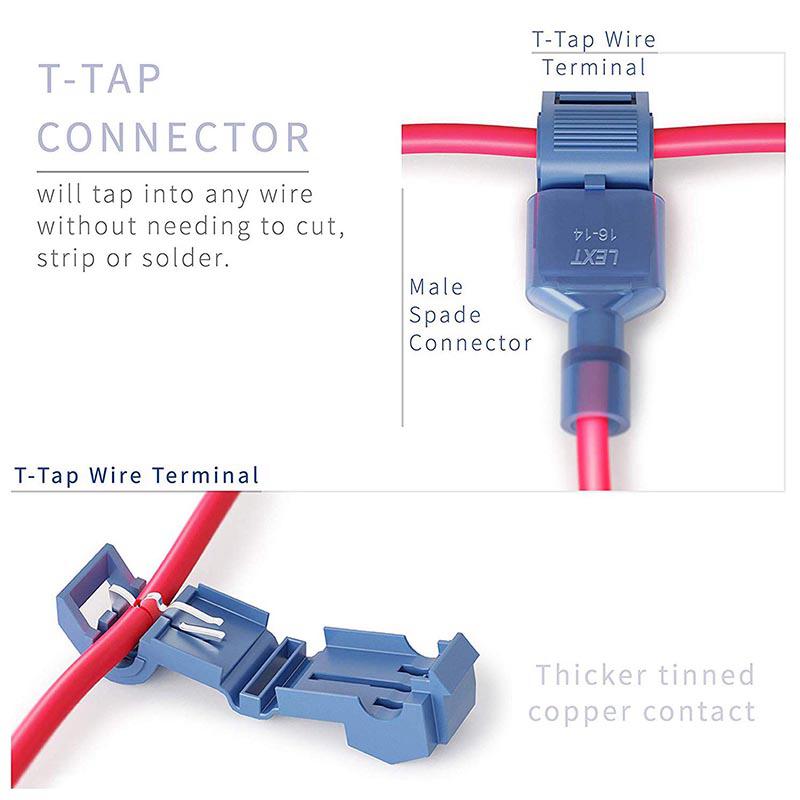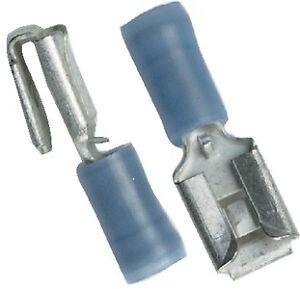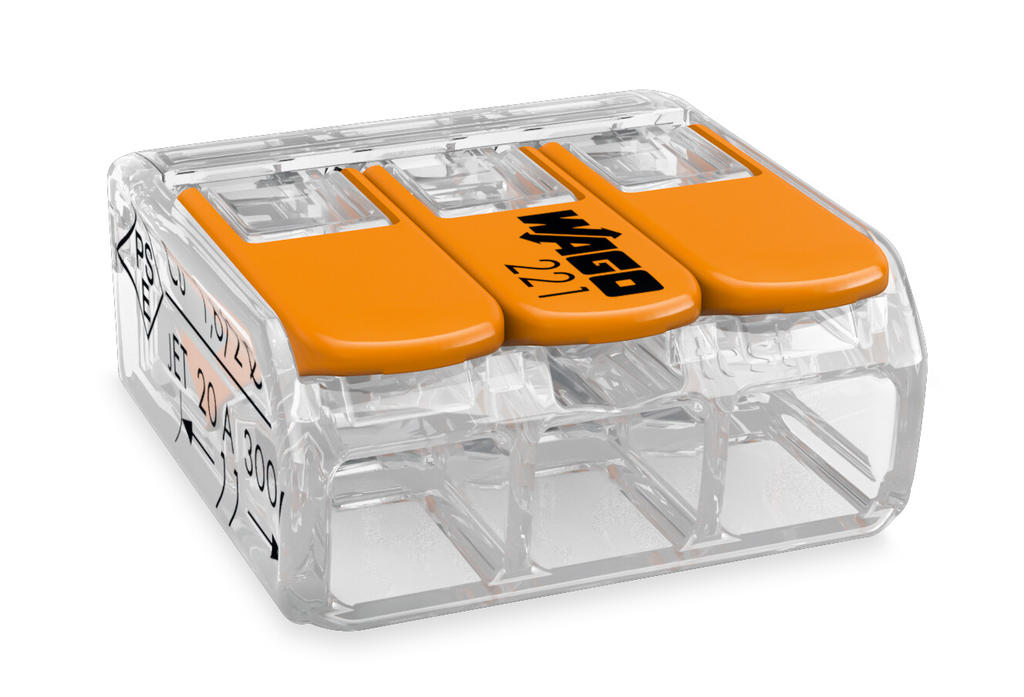WannFly
Final Approach
i had my plane down for annual and today as my mechanic was about to sign off for service he found the circuit breaker of the stall horn keeps popping. while he is trying to find out the root cause i was wondering if any of you here have any ideas?
he checked the lights/horn/pitot heat right before taking her down for annual and everything was working. so we are kind of baffled with his sudden irrational behavior from the circuit breaker.
he did install JPI 830, but its connected to a diff breaker on a diff bus. not a dead short, he said he is getting about 35 ohms
ideas?
he checked the lights/horn/pitot heat right before taking her down for annual and everything was working. so we are kind of baffled with his sudden irrational behavior from the circuit breaker.
he did install JPI 830, but its connected to a diff breaker on a diff bus. not a dead short, he said he is getting about 35 ohms
ideas?








